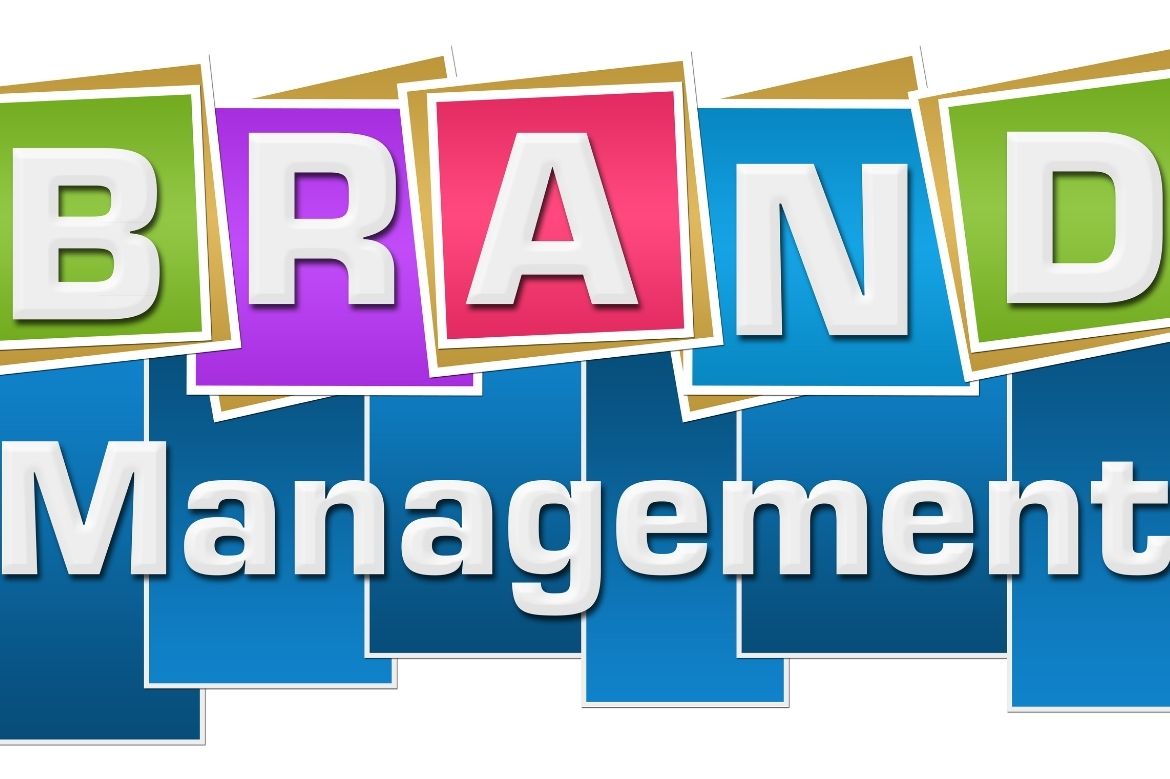Interest rates are an important monetary policy tool, and, in particular, they control an economy’s inflation.
When inflation gets out of control, central banks raise interest rates. In contrast, when inflation is controlled, and there is a recession, or even in periods of deflation, they lower interest rates to encourage economic growth.
But why does raising interest rates slow down inflation? What macroeconomic theory supports this?
In this article, we will put on the economist’s hat and examine why raising interest rates can have this effect and how central banks can use this tool to maintain economic stability.
Table of Contents
What Is Inflation, And Why Is It Harmful?
Inflation is the continuous increase in the general prices of goods and services in an economy. Normally, it is measured based on a basket of goods and services that, in Spain, is prepared by the National Institute of Statistics through the CPI.
In the last ten years, inflation has been at reasonable levels, around 2%, with several years in which there was a general price decline.
However, in 2022, inflation reached unprecedented levels in 40 years, reaching almost 10%, causing the immediate reaction of central banks.
And is that inflation out of control can negatively affect the economy, including a decrease in the purchasing power of consumers, less investment, and less demand for goods and services.
And this is why central banks try to control it, usually through increased interest rates.
Inflation And Interest Rates: What Is Their Relationship?
One of the ways that central banks can influence inflation is by changing interest rates.
Interest rates are the cost you pay to borrow money. If interest rates are low, the cost of borrowing money is low, and therefore there is more incentive for people to spend money and borrow to buy goods and services.
Conversely, when interest rates are high, the borrowing cost is higher, discouraging spending and reducing demand for goods and services.
In theory, if interest rates rise, people have less money to spend, and therefore, the demand for goods and services in an economy decreases.
This, in turn, should reduce the general price level, as producers will have to compete more to sell their products, driving their prices down. This process can help curb inflation.
This is why an increase in interest rates is intended to curb inflation in an economy.
The Other Impacts Of Raising Interest Rates To Curb Inflation
In reality, this effect is not always as direct as it seems. Some factors can affect the relationship between interest rates and inflation.
Inflation And Economic Recession
Raising interest rates can be counterproductive if the economy is in a recession or economic slowdown, as it could slow down economic growth and worsen the situation.
When the economy stagnates within an inflationary situation, and the inflation rate does not subside, the economy is in the process of stagflation, which constitutes a very serious problem for a country’s economy.
The Impact On The Exchange Rate
The increase in interest rates can also affect the exchange rate between different currencies.
If a central bank raises interest rates, it also increases the demand for a currency and,
consequently also, its value, which in turn can affect a country’s exports and imports.
Impact On Financial markets
Another of the impacts of an increase in interest rates is on the financial markets.
If interest rates are low, investors may seek investment opportunities with higher returns, which can cause the price of financial assets such as stocks and bonds to rise.
However, if interest rates rise, investors can withdraw their money from financial markets and place it in the bond market, which can cause asset prices to fall and the fixed-income market to rise.
The Impact On Homes And Businesses
In addition, raising interest rates can affect the financial situation of households and companies.
If interest rates rise, borrowing money also rises, making it harder for households and businesses to borrow (especially since it’s so much more expensive).
This can hurt consumption and investment, affecting the economy in general.
Some Final Considerations
In short, interest rates are an important tool for controlling inflation in an economy. Raising interest rates often reduces demand for goods and services, which in turn lowers prices and helps curb inflation. However, this relationship is not always as direct as it seems, and many factors can affect inflation and the relationship between interest rates and inflation.
Despite this, central banks often use interest rates to control inflation. Ultimately, the main objective of central banks is to maintain economic stability, and inflation control is a fundamental part.
Also Read: Tips To Buy A Car On A Tight Budget




